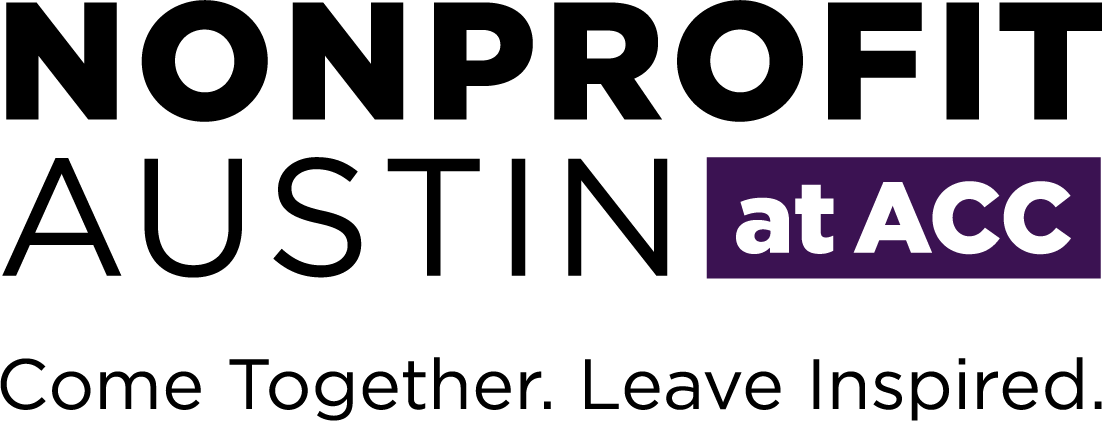The Power of ‘Why?’ and ‘What If?’
By WARREN BERGER JULY 2, 2016
Originally printed in the New York Times:
https://www.nytimes.com/2016/07/03/jobs/the-power-of-why-and-what-if.html
Recently I had a conversation with a chief executive who expressed concern about several of her senior managers. They were smart, experienced, competent. So what was the problem? “They’re not asking enough questions,” she said.
This wouldn’t have been a bad thing in the business world of a few years ago, where the rules for success were: Know your job, do your work, and if a problem arises, solve it and don’t bother us with a lot of questions.
But increasingly I’m finding that business leaders want the people working around them to be more curious, more cognizant of what they don’t know, and more inquisitive — about everything, including “Why am I doing my job the way I do it?” and “How might our company find new opportunities?”
I may be hyper-aware of this trend because I think of myself as a “questionologist,” having studied the art of questioning and written a book about it. But I also think there are real forces in business today that are causing people to value curiosity and inquiry more than in the past.
Companies in many industries today must contend with rapid change and rising uncertainty. In such conditions, even a well-established company cannot rest on its expertise; there is pressure to keep learning what’s new and anticipating what’s next. It’s hard to do any of that without asking questions.
Steve Quatrano, a member of the Right Question Institute, a nonprofit research group, explains that the act of formulating questions enables us “to organize our thinking around what we don’t know.” This makes questioning a good skill to hone in dynamic times.
Asking questions can help spark the innovative ideas that many companies hunger for these days. In the research for my book, I studied business breakthroughs — including the invention of the Polaroid instant camera and the Nest thermostat and the genesis of start-ups like Netflix, Square and Airbnb — and found that in each case, some curious soul looked at a current problem and asked insightful questions about why that problem existed and how it might be tackled.
The Polaroid story is my favorite: The inspiration for the instant camera sprang from a question asked in the mid-1940s by the 3-year-old daughter of its inventor, Edwin H. Land. She was impatient to see a photo her father had just snapped, and when he tried to explain that the film had to be processed first, she wondered aloud, “Why do we have to wait for the picture?”
One might assume that people can easily ask such questions, given that children do it so well. But research shows that question-asking peaks at age 4 or 5 and then steadily drops off, as children pass through school (where answers are often more valued than questions) and mature into adults. By the time we’re in the workplace, many of us have gotten out of the habit of asking fundamental questions about what’s going on around us. And some people worry that asking questions at work reveals ignorance or may be seen as slowing things down.
So how can companies encourage people to ask more questions? There are simple ways to train people to become more comfortable and proficient at it. For example, question formulation exercises can be used as a substitute for conventional brainstorming sessions. The idea is to put a problem or challenge in front of a group of people and instead of asking for ideas, instruct participants to generate as many relevant questions as they can. Kristi Schaffner, an executive at Microsoft, regularly conducts such exercises there and says they sharpen analytical skills.
Getting employees to ask more questions is the easy part; getting management to respond well to those questions can be harder. When leaders claim they want “everyone to ask more questions,” I sometimes (in my bolder moments) ask: “Do you really want that? And what will you do with those questions once people start asking them?”
For questioning to thrive in a company, management must find ways to reward the behavior — if only by acknowledging the good questions that have been asked. For example, I visited one company that asked all employees to think of “what if” and “how might we” questions about the company’s goals and plans. Management and employees together decided which of these mission questions were best, then displayed them on banners on the walls.
Leaders can also encourage companywide questioning by being more curious and inquisitive themselves. This is not necessarily easy for senior executives, who are used to being the ones with the answers. I’ve noticed during questioning exercises at some companies that top executives sit in the back of the room, laptops open, attending to other business; they seem to think their employees are the only ones who need to learn. As they do this, these leaders are modeling precisely the kind of incurious behavior they’re trying to change in others.
They could set a better example by asking “why” and “what if” — while asking others to do likewise. And as the questions proliferate, some good answers are likely to follow.
WARREN BERGER is the author of “A More Beautiful Question” (Bloomsbury USA).
A version of this article appears in print on July 3, 2016, on Page BU7 of the New York edition with the headline: The Power of ‘Why?’ and ‘What If?’. Order Reprints| Today’s Paper|Subscribe

